Affiliate links on Android Authority may earn us a commission. Learn more.
What's the point of the Google Pixel 3a?
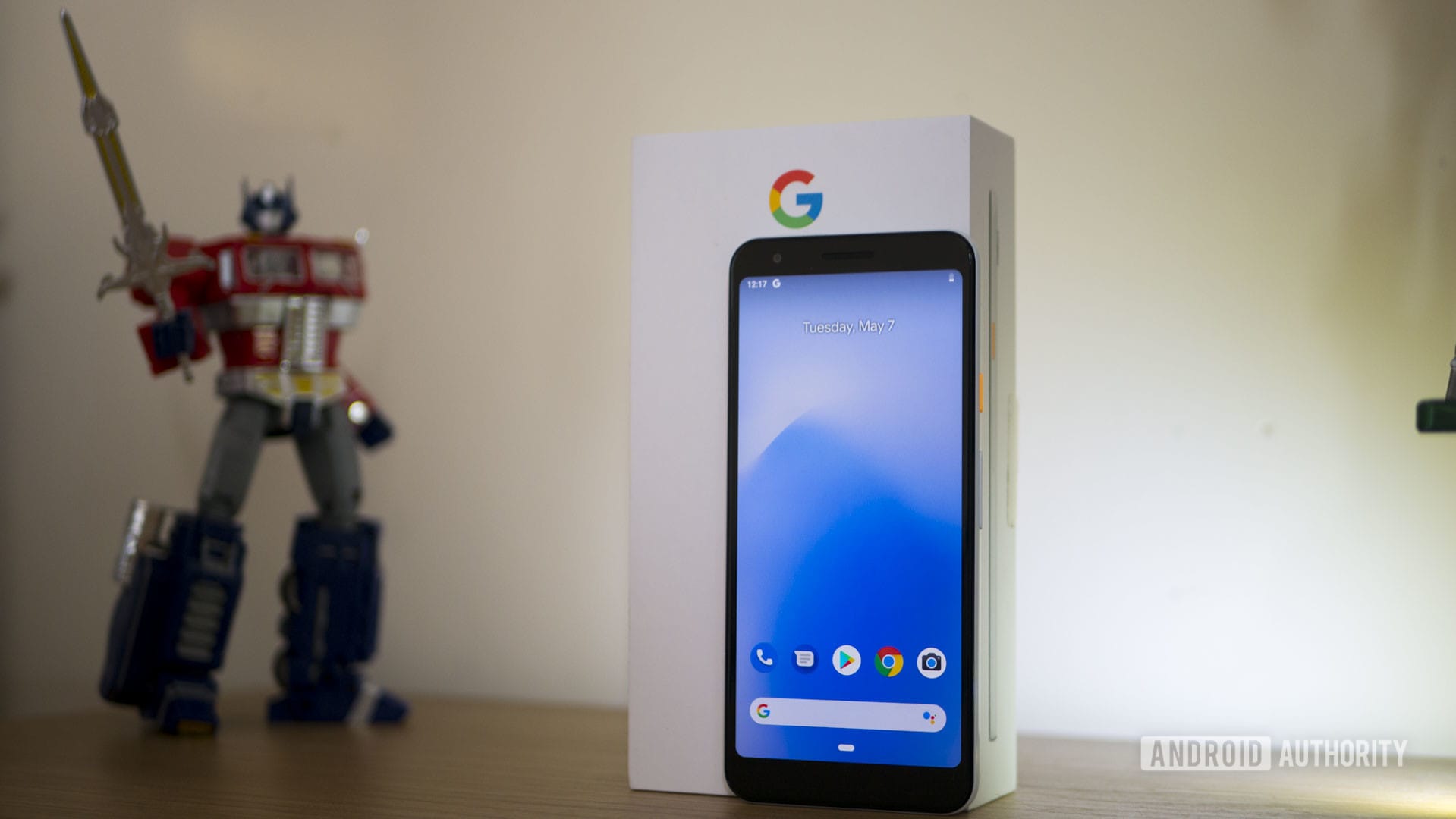
The Google Pixel 3a is simultaneously an excellent and curious smartphone. Excellent mostly due to the sheer value proposition. The Pixel 3a model sees its share of sacrifices compared to the flagship Pixel 3, though many of the core draws, such as the camera package and speedy updates, remain intact.
Yet the launch is a curious move for Google more broadly, as the new handset breaks from the company’s recent attachment to the premium tier of the smartphone market.
The attractive price point is certainly more reminiscent of the Nexus days, albeit with a more mature, mainstream consumer sales pitch. The phone is clearly designed as a cost-effective entry point into the Google ecosystem, but why the sudden change in direction?
Our verdict: Google Pixel 3a review: Come for the camera, stay for the experience
High-end phones aren’t working for Google
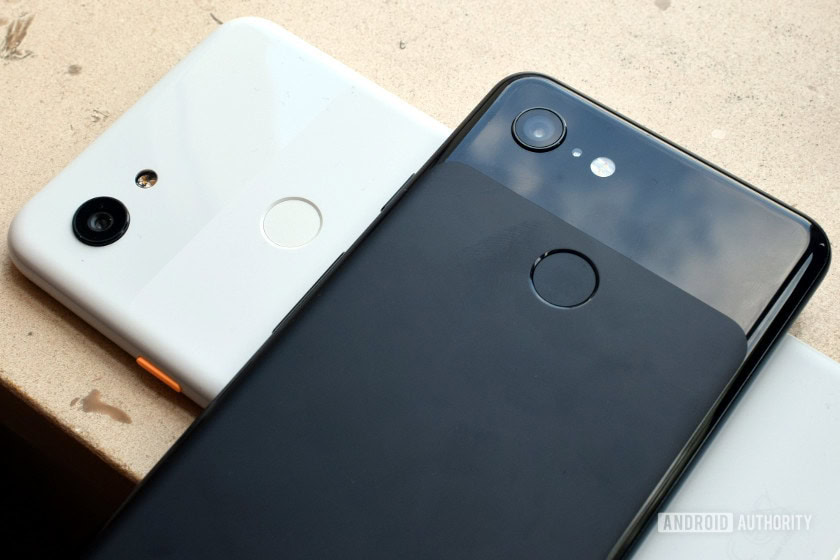
It’s no secret that the Pixel series has not been a breakout success in the smartphone market — not that Google necessarily thought it would be. First and second generation Pixel sales barely registered on market share data. Opinions vary as to why, from overpriced hardware and a lack of premium features to restricted regional availability.
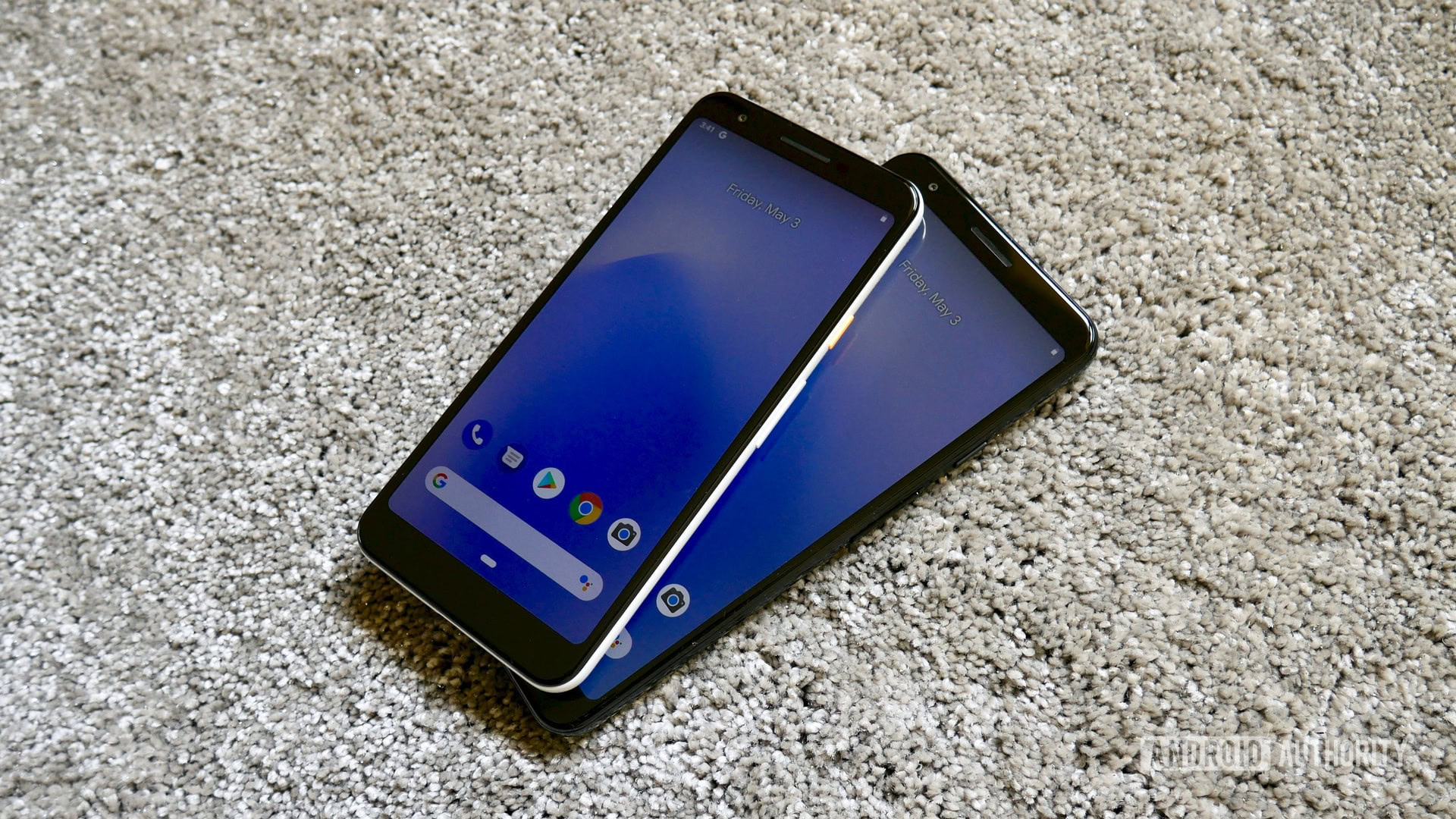
Worse still for Google, the company recently announced that Pixel 3 sales have been less successful than the Pixel 2 series. Alphabet CFO Ruth Porat cited “recent pressures in the premium smartphone market” as the leading cause. Possible, but likely not the only issue holding back the Pixel 3. During Apple’s last earnings call, Tim Cook noted that high pricing has led to slower shipments and more users holding on to older smartphones.
The fact of the matter is that ultra-premium smartphone sales are sluggish these days. Premium tier handset markets across the globe have stalled, while price conscious brands are growing. You only need to observe the declining market share of Apple and Samsung, while Huawei, Honor, OnePlus, Xiaomi, and others are growing strongly. Growth across the predominantly Chinese brands is particularly notable in India, South East Asia, and even Europe.
Today's fastest growth is found in the mid-tier phone market.
The Pixel was already a late entry into an oversaturated sector back in 2016. In this sense, the launch of the Pixel 3a is partly an act of self-preservation; an attempt to grab market share in one of the few remaining growing phone segments and remain relevant on a global scale in light of rapid expansion from Chinese OEMs (something I would argue Apple is failing to do).
At half the cost of the Pixel 3, the 3a falls right into the middle of the mid-range market, making it a direct competitor to HONOR, OPPO, and others. Furthermore, India is a first wave launch market — a clear signal that the Pixel 3a is a phone designed for cost-sensitive consumers.
However, it’s debatable whether or not Google has quite nailed this formula with the Pixel 3a. The phone is only heading to selected regions at first, most notably the U.S., U.K, India, Canada, Australia, and various European countries.
In India, the 39,999 and 44,999 rupee price tags place the Pixel 3a and 3a XL in direct competition with the OnePlus 6T. The 6T starts at just 37,999 rupees and offers more powerful processing hardware and larger storage options. It will take more than the Google brand name and a flagship-challenging camera to break into the consciousness of the savvy Indian consumer.
Keeping mid-range OEMs in line?
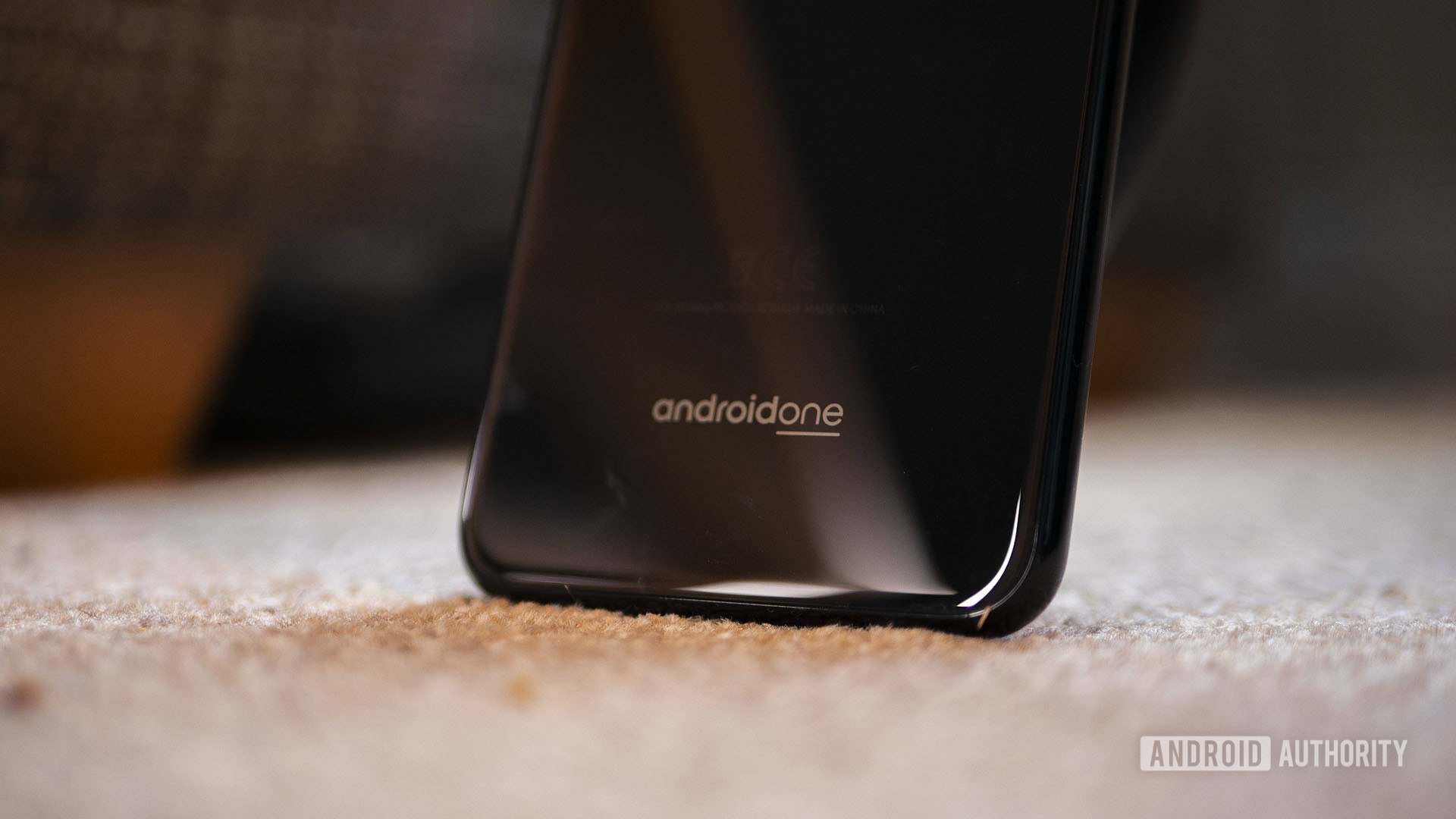
I’ve long been of the opinion that the Pixel series serves a dual role — first as a handset for Google/Android enthusiasts and secondly as a leash to keep other powerful manufacturers in line. The Pixel range showcases Google’s ideal vision for Android; free from bloatware, offering fast updates, and including new important technologies like eSIM and secure external hardware security modules via Strongbox.
If other OEMs start slacking off, we can always choose a Pixel. The Pixel 3a applies similar pressure to mid-tier OEMs, particularly the booming Chinese ones less likely to play by Google’s rules.
Despite Android’s open-source nature, Google and its Android partners often have a frosty relationship over development direction and control. I’m sure you all remember the backroom sparring over Samsung’s Tizen deterrent. Today, Google also has to contend with the growing might of HUAWEI, OPPO, and Xiaomi. All three ship inexpensive handsets with heavily modified Android OS forks — EMUI, ColorOS, and MIUI, respectively.
The Pixel 3a sets out Google's vision for affordable Android software and hardware.
HUAWEI is perhaps the most contentious, having disabled bootloader unlocking and rumored to be developing an in-house alternative to Google’s Android OS. The Xiaomi Market and OPPO App Stores are also reasonably popular in China, which is a sign that phones are viable in select markets without the Google Play Store. This isn’t to say there’s a looming Android split, but it’s certainly true that Google exerts less control over the direction of Android in Eastern and other low-cost markets. The Pixel 3a might help restore some sense of top-down direction in the mid-tier.
But Google already has its Android One program for mid-tier devices in emerging markets, I hear you say. That’s certainly true. Android One is Google’s main counterbalance to all of the above points, rather than the Pixel 3a which likely won’t ship globally. However, even that ecosystem may be in need of some careful chaperoning. Google runs a tight ship for Android One software and updates, but the range of hardware within this ecosystem has ballooned in recent years. Just check out the range of phones offered by HMD Global, from the high-end Nokia 9 Pureview to the low-end Nokia 3.2.
The Pixel 3a isn’t an Android One branded phone, but it does set a benchmark for the type of hardware and photography prowess consumers should expect from a $399 smartphone. Furthermore, Google can push cutting-edge hardware like eSIM and enclave security into inexpensive models with the 3a, pressuring others to follow suit.
Rounding out Google’s portfolio
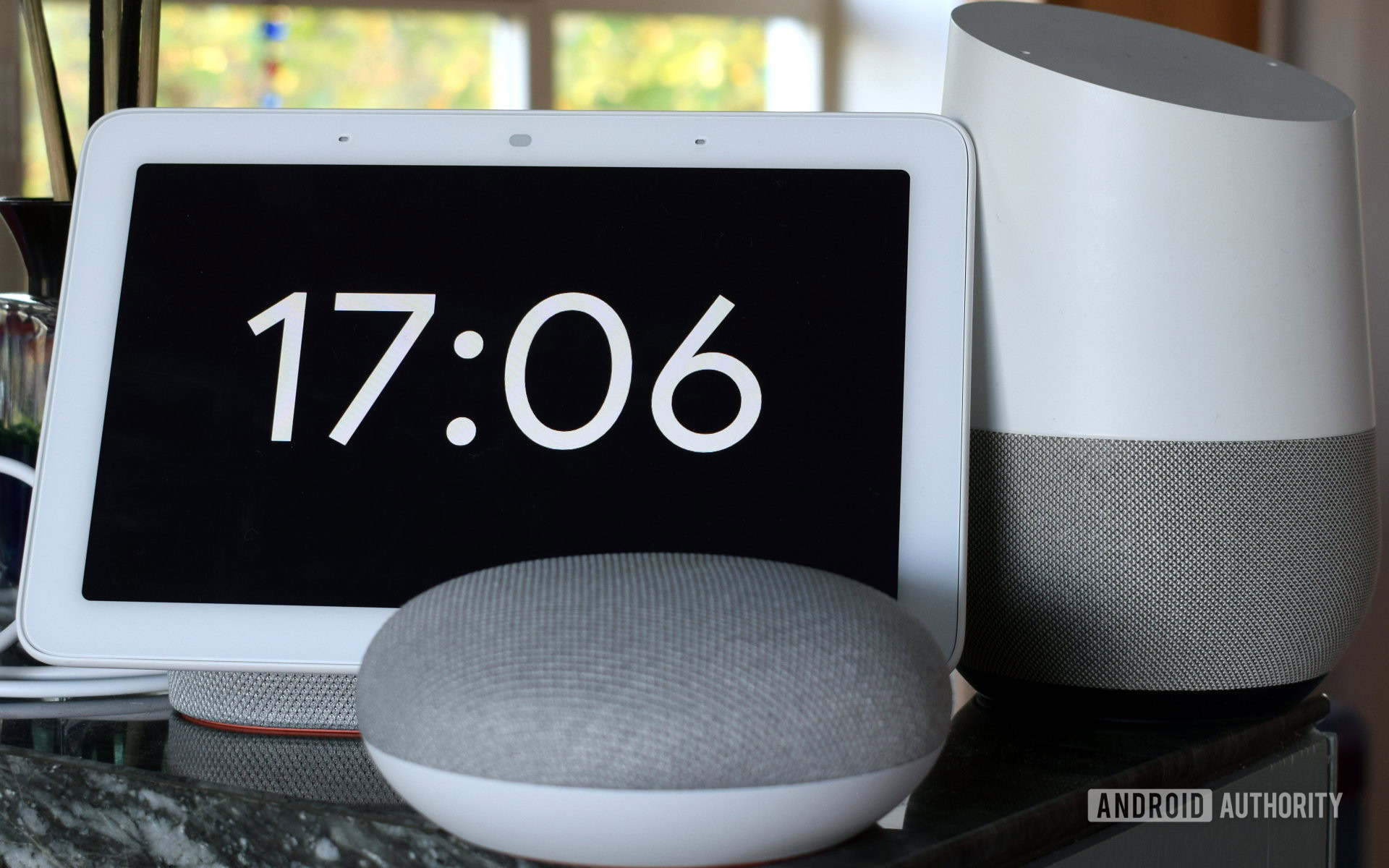
Many have and continue to argue that the commercial success of the Pixel series is beside the point. Google doesn’t make money from hardware, the company is all about software. The Pixel series is Google’s showcase for its suite of apps and cloud software.
Chrome OS and the Google Home Mini play a similar role, offering low barriers to entry into Google’s app and smart home ecosystems. The missing link has been an affordable smartphone designed with a pure vision of Google’s software. The Pixel 3a comes packed with Calendar, Duo, Drive, Gmail, Home, and Play Music — perfect if you’re invested in Google’s ecosystem. The lack of original quality Google Photos backups is disappointing, but unlimited free basic backups is still a great deal.
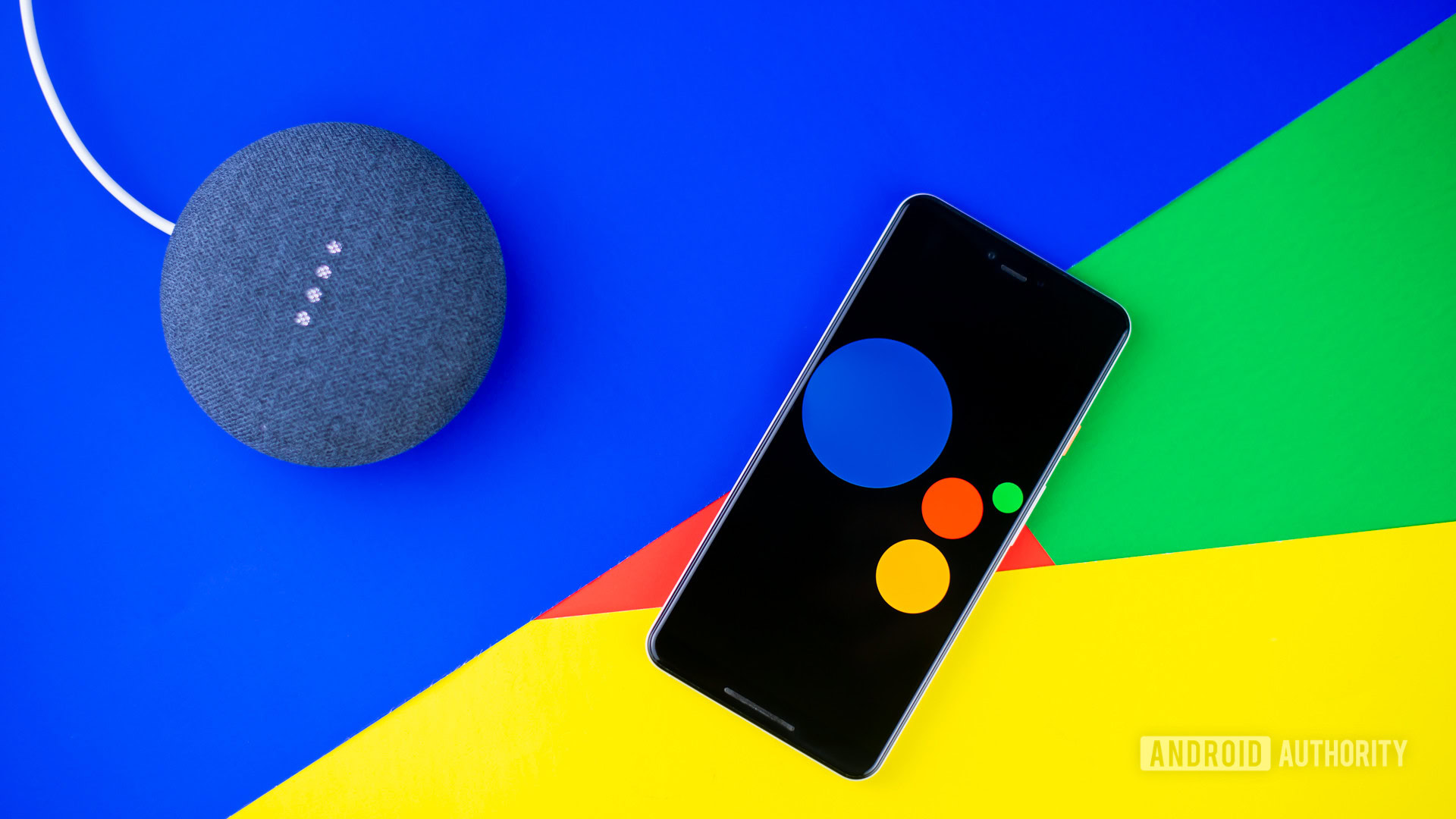
The Pixel 3a feels like a fine fit for the company’s software and Assistant focus, as well as Google’s other great technological innovations like its machine learning camera tricks. The Pixel series has never been about flashy hardware, forgoing curved displays or multiple camera lenses. The series offers solid software backed up by competent hardware, something that’s clearly achievable in a $399 package too.
Ultimately the Pixel 3a launch is Google reaching outside the flagship smartphone market. It’s actually surprising that it’s taken so long, given how important affordable technology has been to the company’s successful Chromebook and smart home initiatives. Mid-range hardware is good enough to achieve a lot of what makes a great Google phone. The Pixel 3a is also a testament to the company’s solid software engineering, which helps the handset punch above its price tag. The lower price also frees the company from the whims of the flagship market and offers a pure Google alternative in the mid-tier.
Seems like a pretty solid move from the big G.
More on the Google Pixel 3a and 3a XL launch:
- Google Pixel 3a XL review
- Google Pixel 3a / 3a XL specs: Snapdragon 670, same great camera, and a headphone jack!
- Google Pixel 3a and Pixel 3a XL price and release date
- Google Pixel 3a phones lack free original quality Google Photos backups
- Google Nest Hub Max is a super-sized smart display with built-in Nest Cam
- Google Pixel 3a vs Pixel 3: What do you sacrifice for a cheaper price tag?